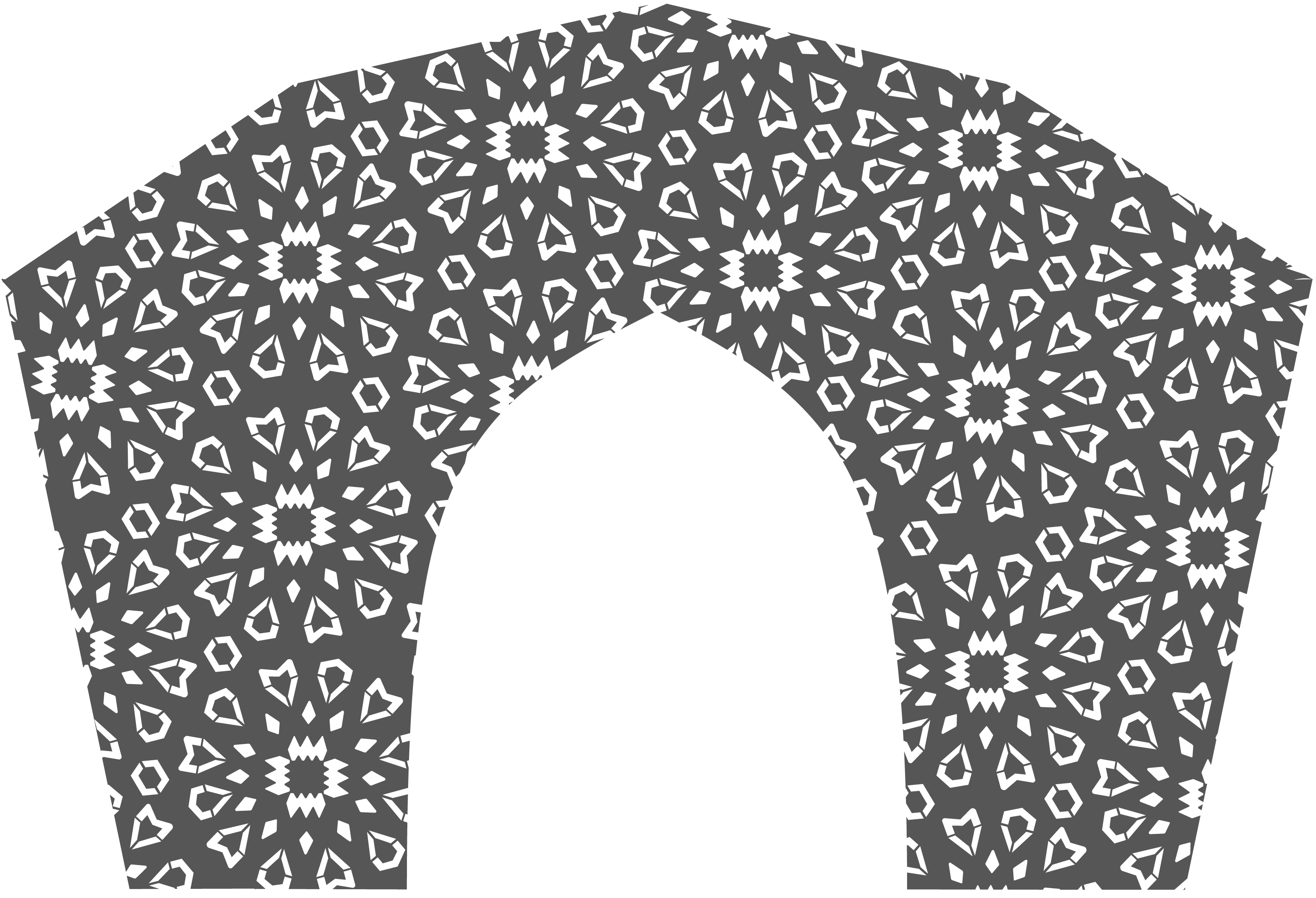BETHANY CLANCY
Staff Writer
This week’s Visiting Artist Program featured Christopher Robbins, one of the founders of Ghana ThinkTank. Robbins is an unusual artist. Instead of producing art in the form of paintings, drawings and ceramics, Robbins uses the ideas from the results of the ThinkTank and produces mostly instillations.
So what is the Ghana ThinkTank? They are a global network, a public art project formed in 2006 that focuses on developing the first world.
The idea arose when Robbins and colleagues he attended art school with kept getting their ideas shot down by their professors. They decided to group together and execute their ideas with one another, eventually leading to the formation of the Ghana ThinkTank.
During his lecture, Robbins explained that this group is about taking ideas from different cultures and embedding them into our own without changing them.
Although the title is the Ghana ThinkTank, there are sections of it in all sorts of countries including Cuba, Mexico, Serbia and El Salvador.
The way it works is that they collect problems people submitted and send them to a think tank in another country. From there, they spend six or so minutes trying to think about a solution, then the solutions are sent back to the original country to be tested out. Some of the problems that have been submitted out are homelessness, obesity in America and even something just as simple as not being able to dance.
The Ghana ThinkTank also deliberately works with groups who don’t work well together, specifically Israel and Palestine. This is a way to create unlikely relationships between countries.
Besides implementing installations, the group also makes mobile galleries as well.
The Ghana ThinkTank workers go out of their way to help those who really need it. This lets people work to their full potential. With such an in-depth group, one would think there would be worry of failure. Robbins explained that as each project changes and progresses, so does the worry of failure. If a problem is solved, great, but if not, it’s not too big of a deal.
Their latest project is taking place in Detroit, Michigan. The United States leg of the ThinkTank linked up with Morocco for this project. They are working on setting up a public courtyard at a corner in Detroit with areas for gardening, public performances, poetry readings and a lot of art displays. Another goal of the Detroit project is to build a community of affordable homes for those who can’t afford them. The idea for this is to create community between neighbors because the United States has a sense of social isolation, according to Morocco.
Joe Chadwick, a junior drawing and painting major, enjoyed hearing this specific idea.
“I think the Detroit project is ambitious, yet fairly solid in concept. I feel that promotion of an Islamic style in social culture is a fantastic way of making progress in the middle of America,” he said. “Overall the Ghana ThinkTank is an awesome idea that promotes diversity and creativity in a way that challenges our own microcosm here in Fredonia.”
For a lot of the visual arts and new media students, Robbins and his project was new information.
“I think this is a great opportunity for activism and helping bring communities together,” said Rey Kelleher, a junior graphic design major. “I’d love to see ThinkTank Ghana expand to other countries and do as much as they can.”
“This artist cares about the cultural aspect about the project, and wants to solve as many problems as ThinkTank Ghana can,” continued Kelleher. “Not a lot of the VAP artists are like that, as they are usually white men with boring taste in art that only benefit themselves. I left very inspired for my senior show concept and how to be a better activist. I also loved his sculptural and typographical work and felt it was very beautiful.”
Katie Dugos, a senior graphic design major, also enjoyed the lecture.
“I enjoyed how design was used as a way to get the conversation started, and that the actual main part of the piece was dependent on those who participated and their responses,” said Dugos. “I believe having him as a chosen speaker was important because those he worked with sometimes saw other communities as different and something to be feared, when in reality they weren’t so different. I feel like it is important to keep this message in mind and break down these barriers within our own community, especially in light of recent national events as well as events occurring on our own campus.”
Having this speaker was something that the VANM students weren’t used to. It brought a lot of new information to the students and gave a new outlook on how different communities can work together.

